Scrubs are the remains of an archipelago that existed over 25 million years ago (Bostick, et al. 2005). Today, these ecosystems are characterized by low-quality sandy soil and are dominated by sand pines. The primary soil type is entisol which allows water to drain well and replenish the aquifer (The Nature Conservancy 1991). Plant species within the area are fire-adapted (Abrahamson, 1984).
Fire regiments are typically every 20 to 80 years and are facilitated by resin from sand pines, which are highly flammable (Menges and Kohfeldt, 1995). As a result, a fire rapidly spreads through the system and climbs to the treetops, creating what is referred to as “crown fires.” The heat from these fires facilitates a serotinous response, opening of sand pinecones. This heat is necessary for the release of seeds (Brendemuehl, 1990). Following fire regiments, a large and diverse collection of seeds are dispersed to the understory and can remain dormant for several years (Carrington ME, 1997).
Most sand pine scrub fires occur between February and June, with approximately 80% occurring during this time (Cooper, 1973). Historically, the primary means of fire ignition was lightning (Komarek, 1964.) Now, management practices include prescribed burns and mechanical harvesting of pines, which are recommended between March and May (Main and Menges, 1997).
Conservation efforts are necessary to maintain a healthy habitat for wildlife and to prevent extinctions, but there are other values that make conservation of these areas so important. Scrubs produce a relatively small economic value, but it is important that practices for harvesting sand pines are sustainable.
One sector that has been working on best management practices for sustainable use is the timber industry. An average of 40,000 acres a year of timber is produced from scrubs (U.S. Department of Agriculture, 2012). Sand pines are mostly used for wood pulp. To produce sufficient pulp, the trees need to be at least 35 years old. Alternative growth rotations are necessary to ensure a sustainable harvest that has led to a cost-effective strategy of preparing the ground for seeding. This strategy includes clear-cutting, roller chopping, seeding, and 35 years of growth (Hinchee and Garcia, 2017).
Photo: Pine pulp at a paper mill in Pensacola 1947.
References:
Abrahamson W. 1984. Species responses to fire on the Florida lake wales ridge. American Journal of Botany 71.
Bostick, K. Johnson SA, and Main MB. 2005. Florida geological history. UF/IFAS Extension.
Brendemuehl R.H. 1990. Pinus clausa (Chapm. ex Engelm.) Vasey ex Sarg., Sand Pine. Silvics of North America 1:294-301.
Carrington ME. 1997. Soil seed bank structure and composition in Florida sand pine. American Midland Naturalist 137(1).
Cooper, R.W. 1973. Fire and sand pine. Sand pine symposium proceedings. General technical report SE-2. Southeastern Forest Experiment Station, USDA Forest Service; Marianna, Florida. 207
Hinchee J and Garcia JO. 2017. Sand Pine and Florida Scrub-Jays—An Example of Integrated Adaptive Management in a Rare Ecosystem. Journal of Forestry 115:230-237
Komarek EV Sr. 1964. The natural history of lightning. Proceedings of the Tall Timbers fire ecology conference 8. Tall Timbers Research Station; Tallahassee, Florida.
The Nature Conservancy, Archbold Biological Station, Florida Natural Areas Inventory. 1991. Lake Wales/Highlands Ridge Ecosystem CARL Project Proposal, January 1991.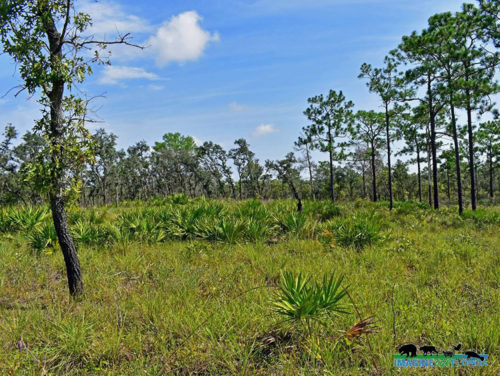

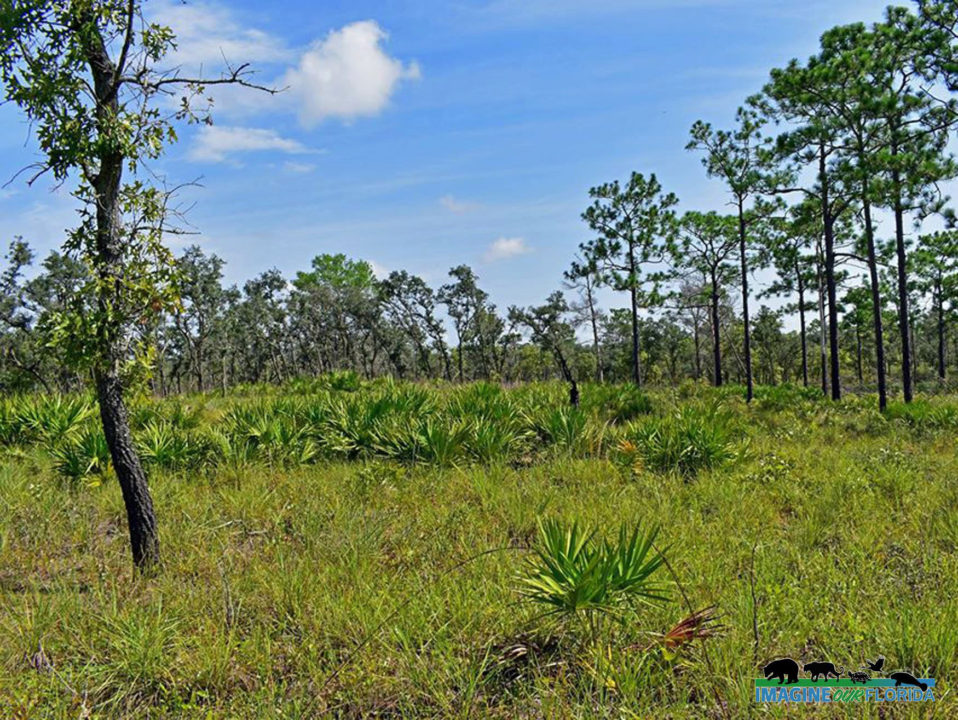

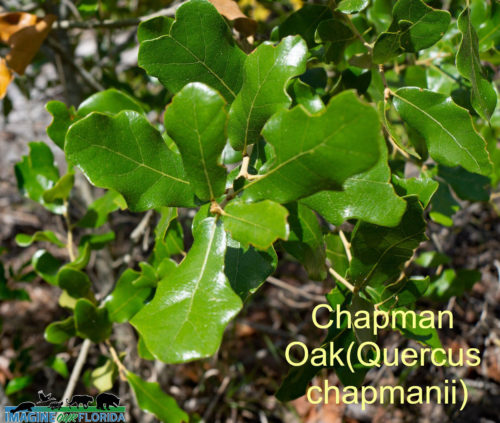
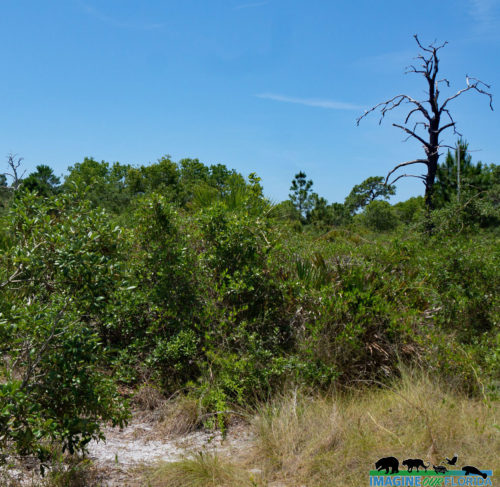
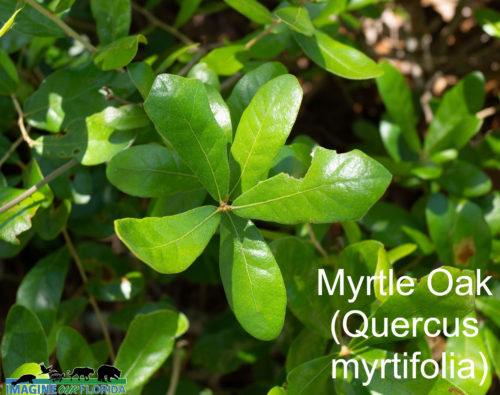
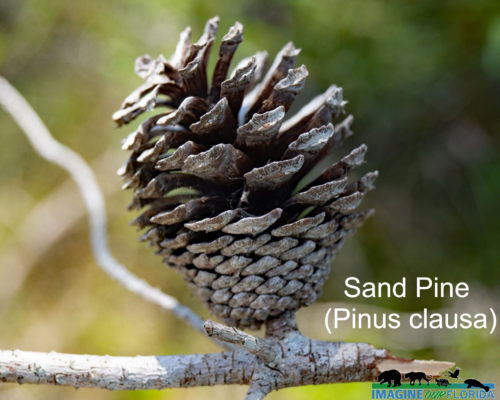
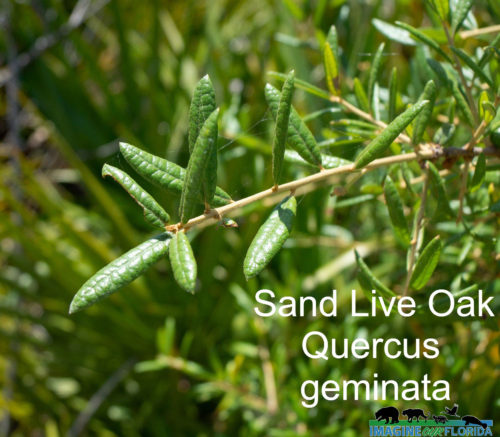
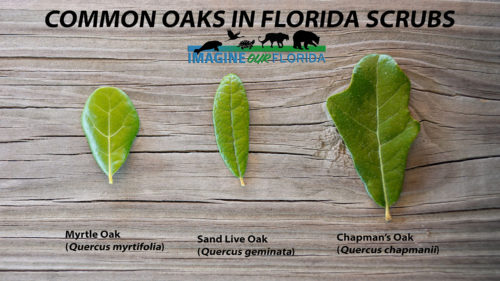
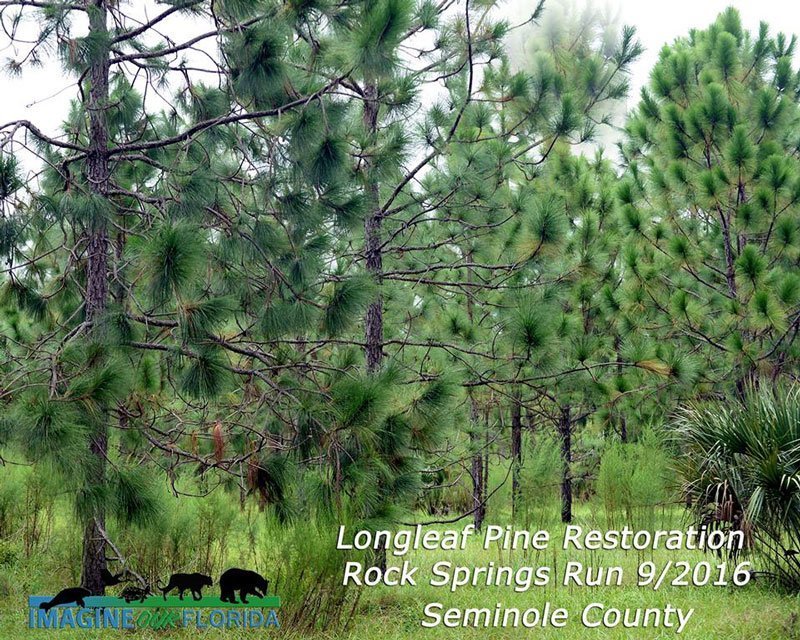
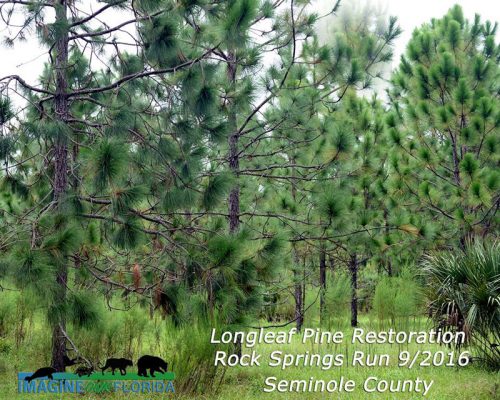
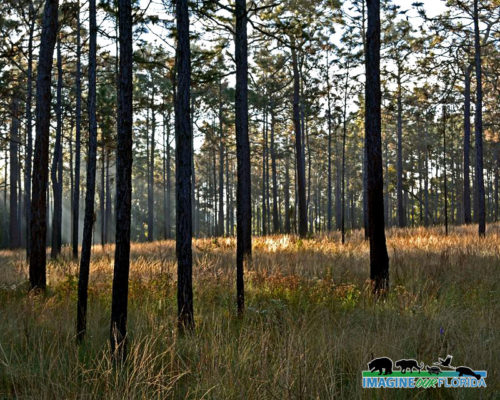
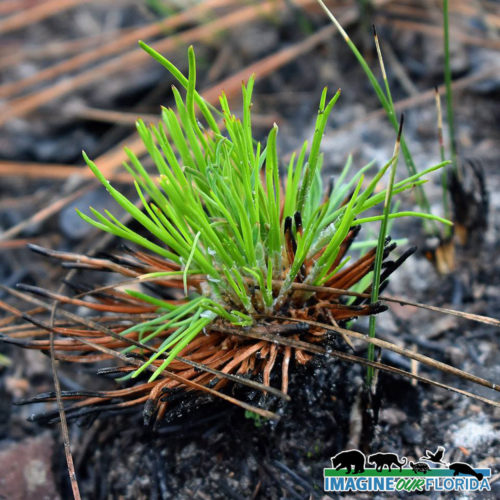
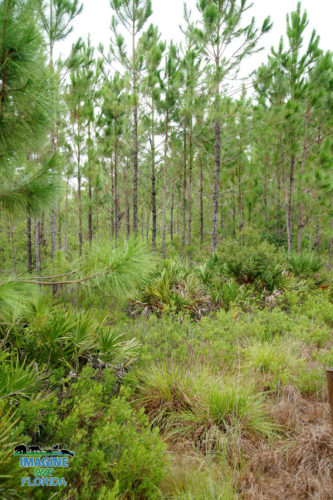
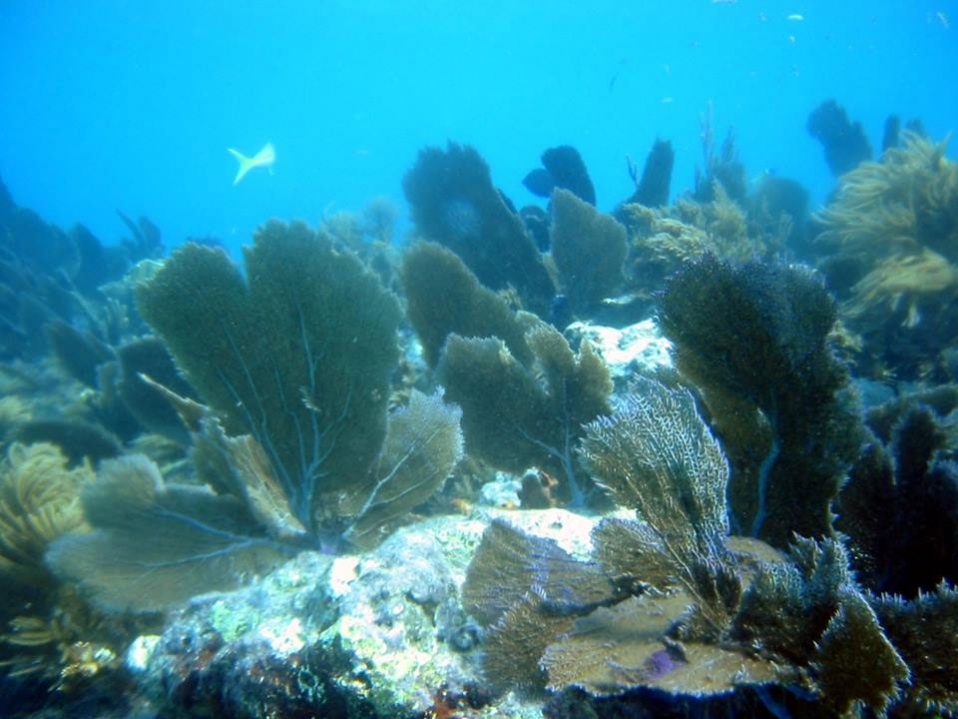

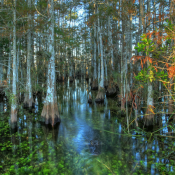
Recent Comments